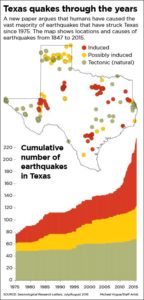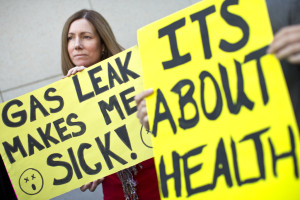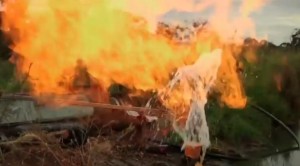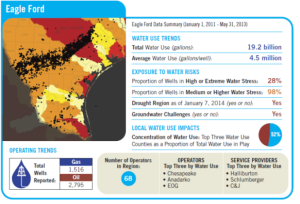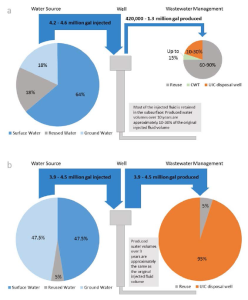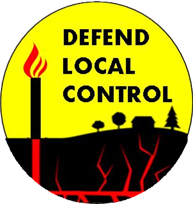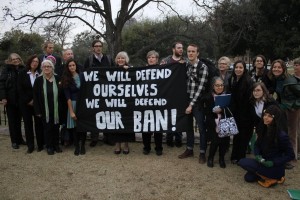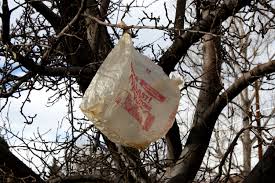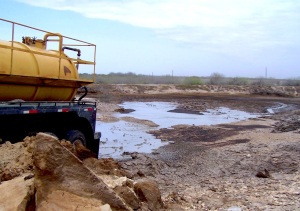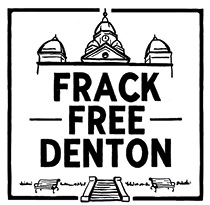The New 500 Feet Rule? New Colorado Study Indicates Living Close To Oil and Gas Sites Can Be Dangerous
Risks of respiratory, hematological, neurological and developmental health problems increase considerably among those living within 500 feet or less of oil and gas sites.
That’s the conclusion of a new study from the Colorado School of Public Health at the University of Colorado Anschutz Medical Campus at Aurora, CO.
Researchers found that, over a lifetime, people who live 500 feet from an oil and gas site have a cancer risk eight times higher than the limit called “acceptable” by the Environmental Protection Agency.
The problems, those researchers said, are non-methane hydrocarbons such as benzene, which were found at concentrations much, much higher within 500 feet of wells than were found a mile from such sites.
Executive director of the Colorado Department of Public Health and EnvironmentDr. Larry Wolk said in a statement on Monday that the new study showed increase risk only at distances within 500 feet.
That conclusion confirms current Colorado regulations requiring homes and businesses to be more than 500 feet from petroleum-related sites; 1,000 feet from buildings such as schools and hospitals.
Another problem is the finding that benzene concentrations within 500 feet were higher at night than in the daytime, because benzene and other chemicals disperse at a much slower rate without sunshine.
The study primarily used air emissions found along Colorado’s Front Range.
Wolk said the study emphasizes the need for more comprehensive air quality studies and increased collection of data among those living close to petroleum-related sites so that firmer conclusions can be reached in the future about possible dangers of oil and gas production.
Also see the Austin American Statesman story that says in 116 Texas counties (or 45% of Texas counties), oil- and gas-related air pollutants surpass the EPA’s threshold for increased cancer risk. Those counties are home to 3 million people and make up half of the counties nationally identified as having an elevated cancer risk. Caldwell County is among the high-risk Texas counties.
![]() In Texas, state law grandfathered old well sites, and primitive early permits allowed perpetual new drilling on existing sites as close as 200 feet from residences.
In Texas, state law grandfathered old well sites, and primitive early permits allowed perpetual new drilling on existing sites as close as 200 feet from residences.
In November 2014, after an expensive campaign, Denton became the first Texas city to explicitly ban fracking within the city limits, however the Denton victory was short-lived. The next day, the Texas Oil and Gas Association and Texas General Land Office separately sued the city. But before these issues could be litigated, Texas legislators introduced bills to overturn the Denton fracking ban and prevent similar bans elsewhere. In March 2015, Rep. Drew Darby introduced House Bill 40, which easily passed both houses. Gov. Greg Abbott signed the bill into law on May 18.2015
- HB 40 provides that oil and gas “operations” (which expressly include fracking) are subject to the exclusive jurisdiction of the state; municipalities may not enact ordinances that ban, limit, or otherwise regulate them. Local regulation is expressly preempted except for measures satisfying a four-part test, which allows a regulation if it: (1) is “limited to above ground activity”; (2) is “commercially reasonable”; (3) does not “effectively prohibit an oil and gas operation conducted by a reasonably prudent operator”; and (4) is not other-wise preempted. The law’s safe harbor provision considers ordinances that have been in effect for at least five years and that have allowed operations to take place during that time to be prima facie commercially reasonable.
There is no state-wide setback rule for oil and gas wells or pipelines in Texas. The state agency charged with governing oil and gas production, the Texas Railroad Commission (RRC), has passed no such state-wide regulation. According to the Texas Railroad Commission website, “The Railroad Commission does not regulate how close a gas or oil well can be drilled to a residential property.”
Instead, the RRC has generally left this authority up to ordinances or zoning laws passed by individual municipalities (which was certainly curtailed by HB40 in 2016). For example, the City of Ft. Worth passed an ordinance requiring 600 feet between an oil and gas well and a structure. The City of Denton passed an ordinance requiring a 1,200 foot setback.
Additionally, there is a provision in the Texas Local Government Code Section 253.005 that provides “a well may not be drilled in the thickly settled part of the municipality or within 200 feet of a private residence.” While the Railroad Commission seems to read this as applicable to any land leased within a municipality, the statutory provision specifically addresses leasing of minerals by a municipality and it could at least be argued this 200 foot requirement applies only to land leased by a municipality and not private landowners.
Also relevant, the International Fire Code requires that wells not be drilled within 100 foot of a structure or 75 feet of a roadway, providing very little protection for landowners and clearly intended to address the issue of flammability near a structure rather than long term exposure to toxic emissions by residents, workers in an office or children in a school.

